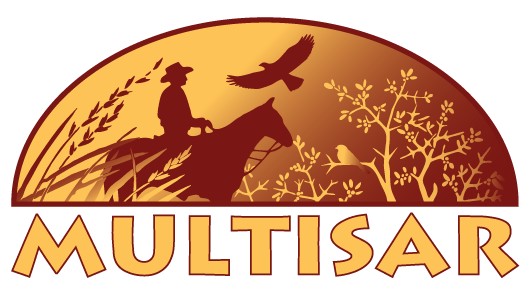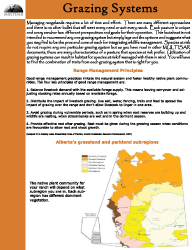Alberta’s native prairie has been shaped by fire, drought, flooding and grazing by large mammals such as bison, elk and pronghorn. Good range management practices strive to mimic these natural disturbances in a way that benefits both wildlife and livestock production.
The following range management practices help to ensure quality habitat for Species at Risk and a sustainable forage supply for livestock:
Balance Livestock Demand with Forage Supply
A good rule of thumb is to use 25–50% of the forage produced in a growing season. The remainder, often called “carryover” is left to protect the plants and soil and will help ensure good forage production in the following year.
It is wise to be mindful of differences in soil moisture and depth. More carryover should be left in sites with dry, shallow soil and you may be able to leave less in places where there is more moisture.
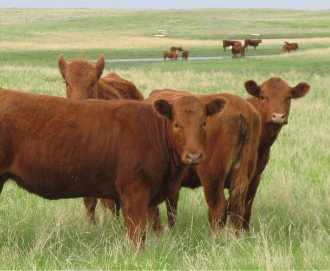

Patchiness is Good
Both livestock and wildlife tend to graze some areas quite heavily, some lightly and others are left ungrazed. Patchy grazing can be good for many Species at Risk, as long as the heavy grazing isn’t occurring in sensitive areas such as riparian zones or on steep slopes.
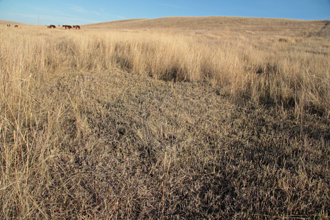

Limit Grazing in Vulnerable Periods
Native prairie is vulnerable to early spring grazing and should be protected from livestock grazing until this sensitive growth period is over. Many ranchers use non-native pastures at this time and then move cattle to native grasslands in late spring and summer. This practice promotes long-term sustainability of the range and also benefits Species at Risk.
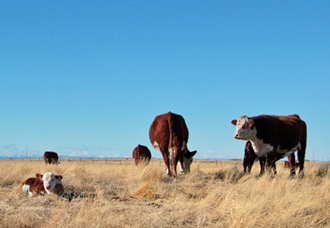

Provide Rest after Grazing
Prairie plants need a period of rest after being grazed. During this time, the grazed material is replaced and the roots recover. If a plant is constantly grazed, it loses root mass, vigor and productivity. If allowed to rest, native rangelands will reliably provide livestock forage and habitat for Species at Risk, year after year.
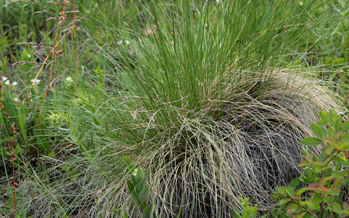

For more detailed information on grazing practices, please see our Grazing Systems Fact Sheet:
If you are managing native prairie for livestock you may want to consider conducting a range health assessment or pay to have one completed professionally. Consultants will perform the assessment and provide recommendations to improve your range health. Workbooks for assessments are available from Public Lands.

